Description
Mamaki, Pipturus albidus, is a Hawaiian endemic medicinal tree. Mamaki is a short-lived, fast growing pioneer specie that grows 10-30 feet, typically 10-15’ during the first year. The leaves are commonly used as a general tonic and cure-all in the form of a delicious tea. This plant hosts our endemic butterfly, Vanessa tameamea, in its caterpillar stages and adds beauty to any landscape.
Mamaki is a key plant in the young native forests as it grows quickest and fills space, creating shade and more favorable environments for our native plants. This is a major role that needs to be filled as our ‘Ohi’a lehua are losing the higher canopy, now the lowest strata of canopy can be filled with Mamaki and when the younger longer-lived trees are ready, they will break through the canopy of the Mamaki and grow toward the sun. Or the Mamaki will die back naturally, and allow space for that longer-lived tree to grow in that space.
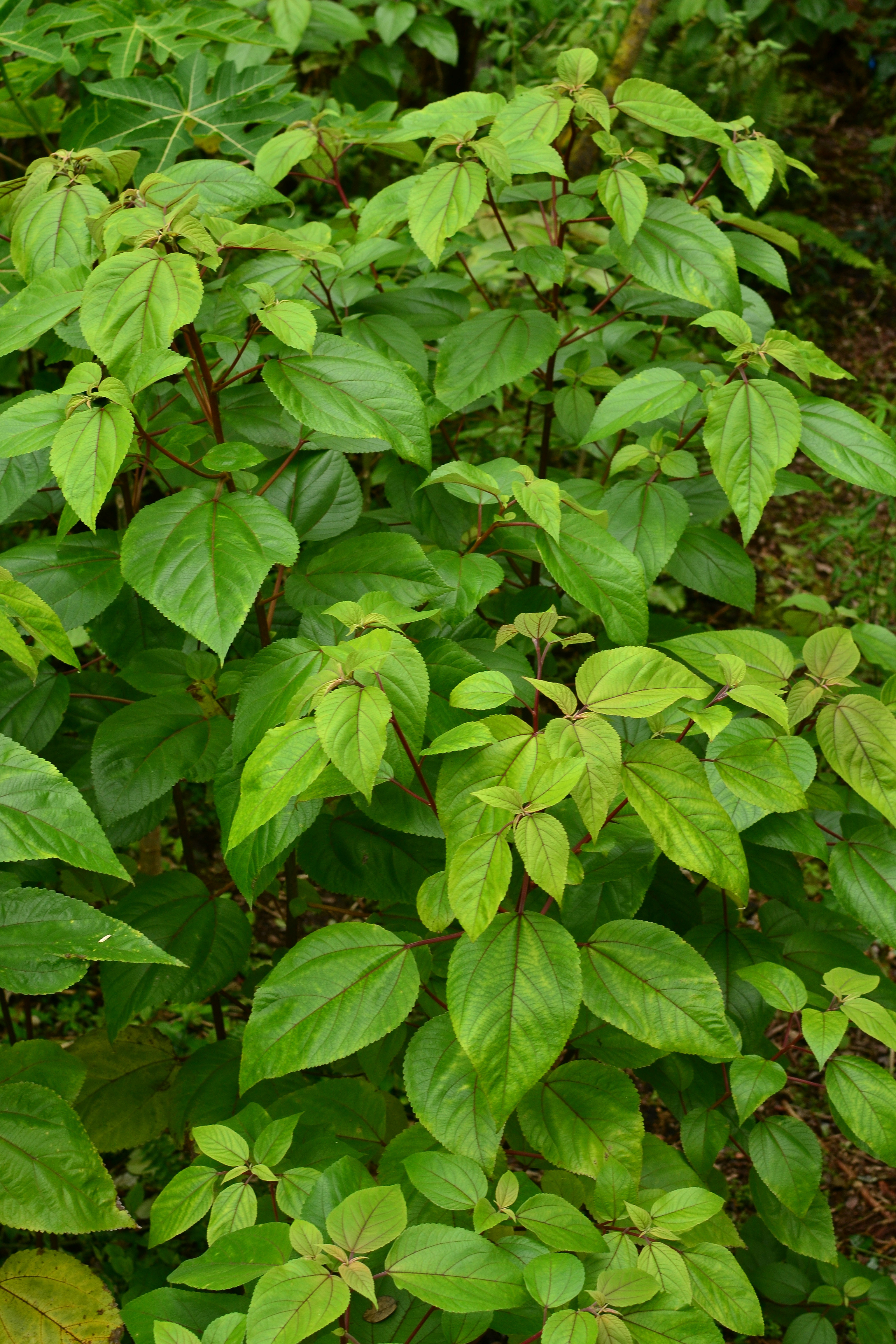
Sea of volunteer mamaki
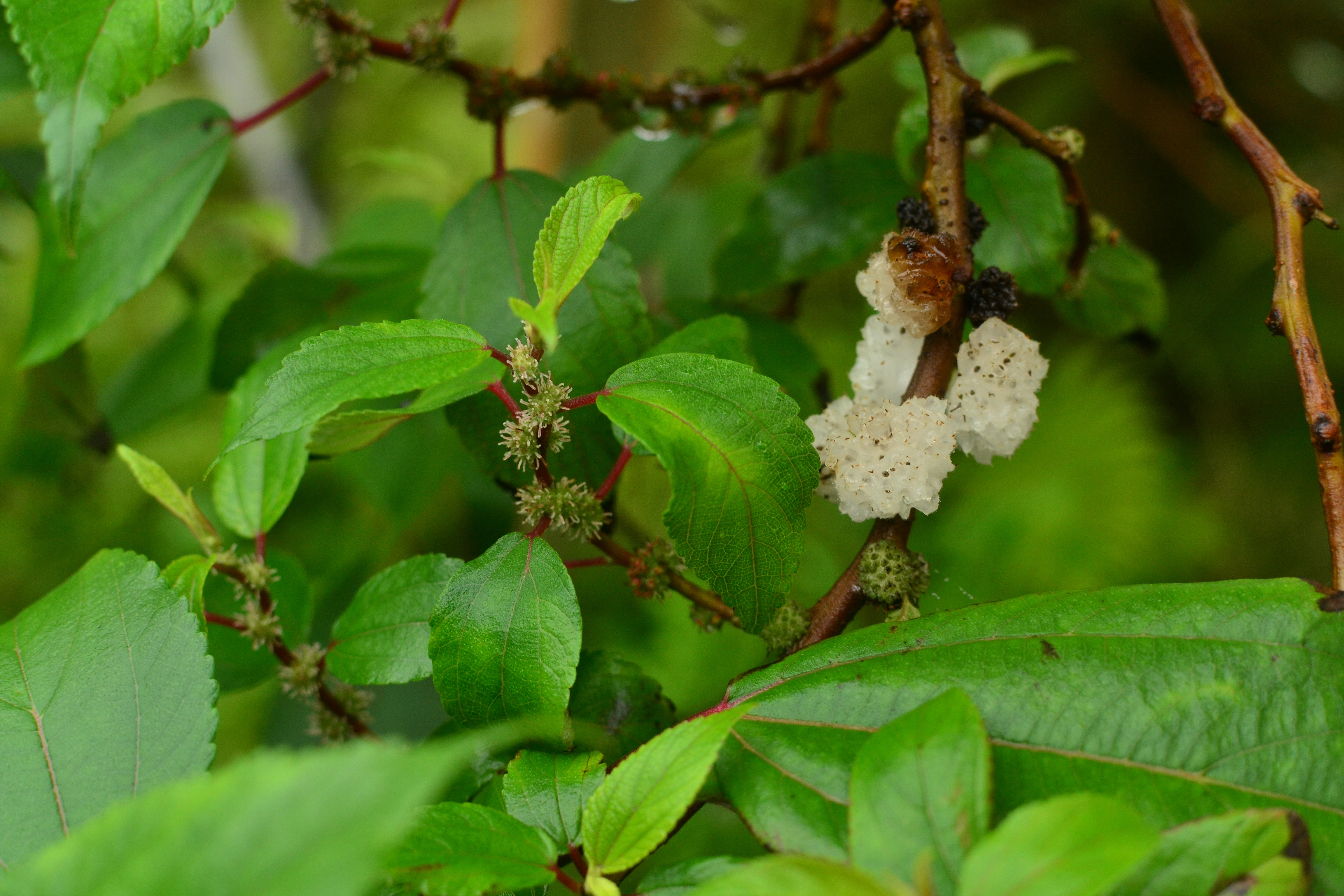
Ripe fruits and flowers
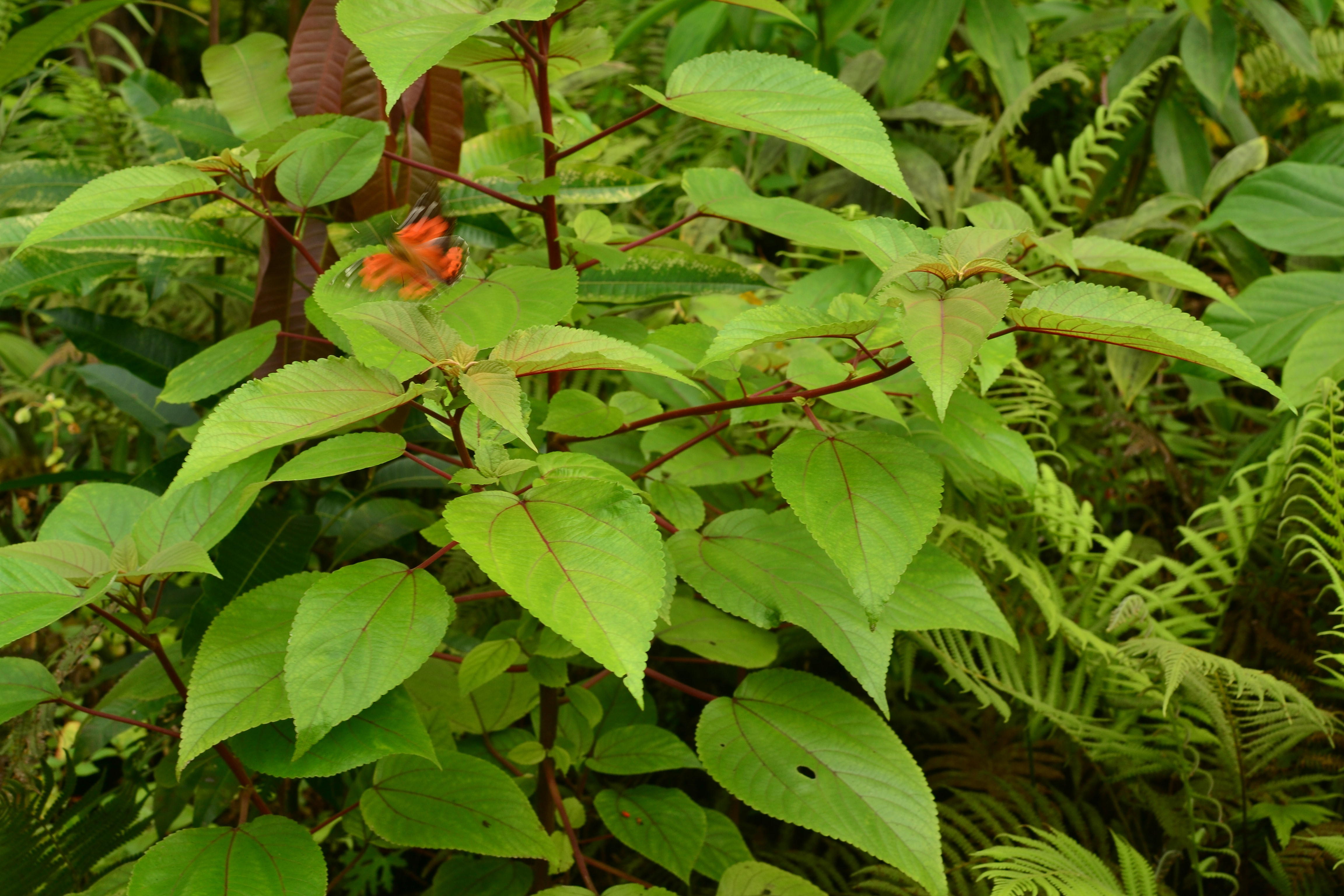
Pulelehua (Vanessa tameamea) our endemic butterfly – it only lays eggs on mamaki and caterpillars eat the leaves
Propagation
Mamaki is grown from seed, and readily dispersed by birds. Take fruits and smash them and spread them around. Each fruit contains many seeds. Directly sown plants grow much stronger, faster and healthier than transplanted plants. If transplanting, move them at a tiny stage of no more than 6 inches, they will be shocked for a little while and will take their time to re-establish.
If trying to broadcast seed over a large area (restoration or successional food forest): collect fruits, add a little bit of water, and blend for 1-2 seconds to create slurry. This slurry can then be broadcasted via squirt guns or cups and buckets.
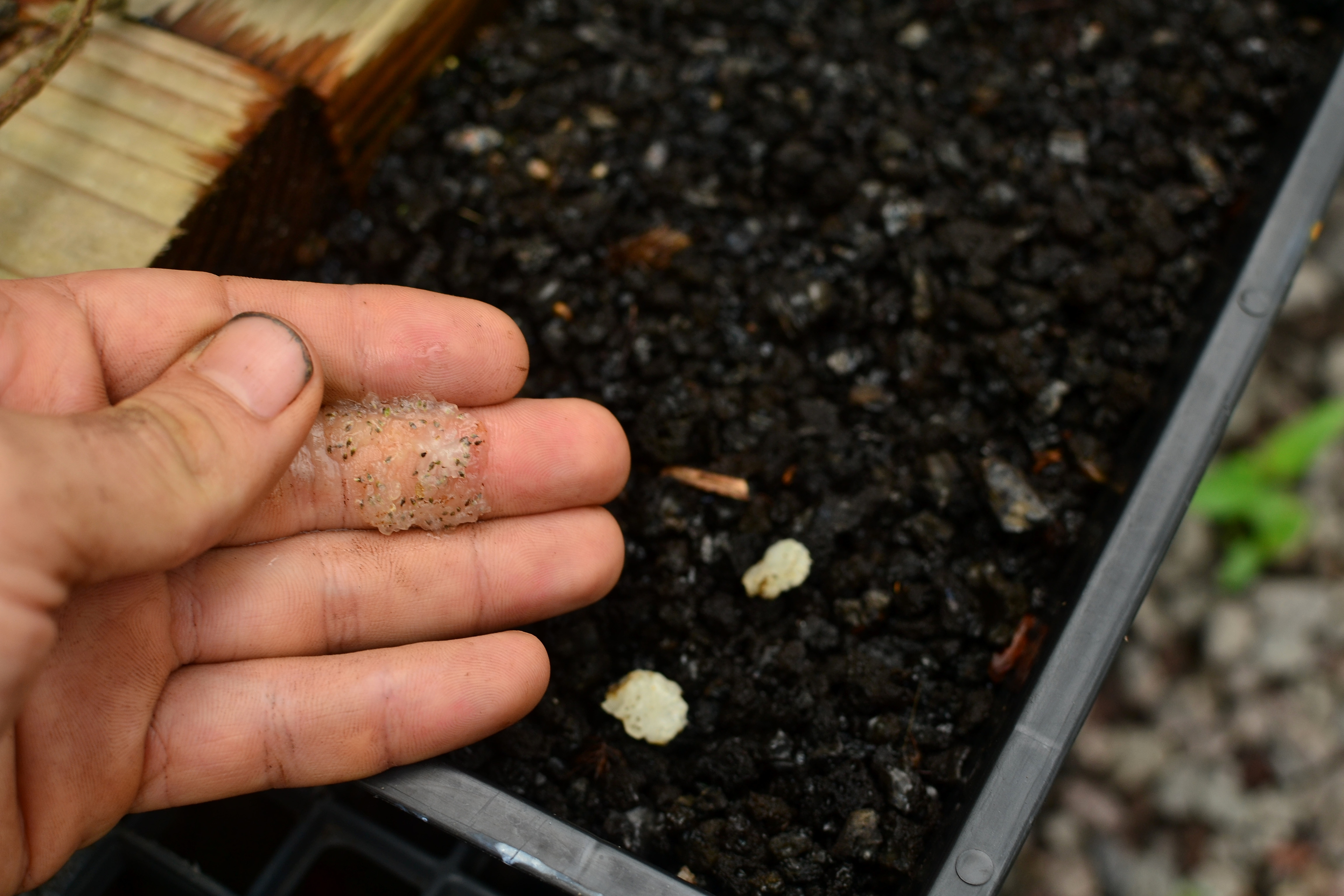
Smash fruit prior to planting
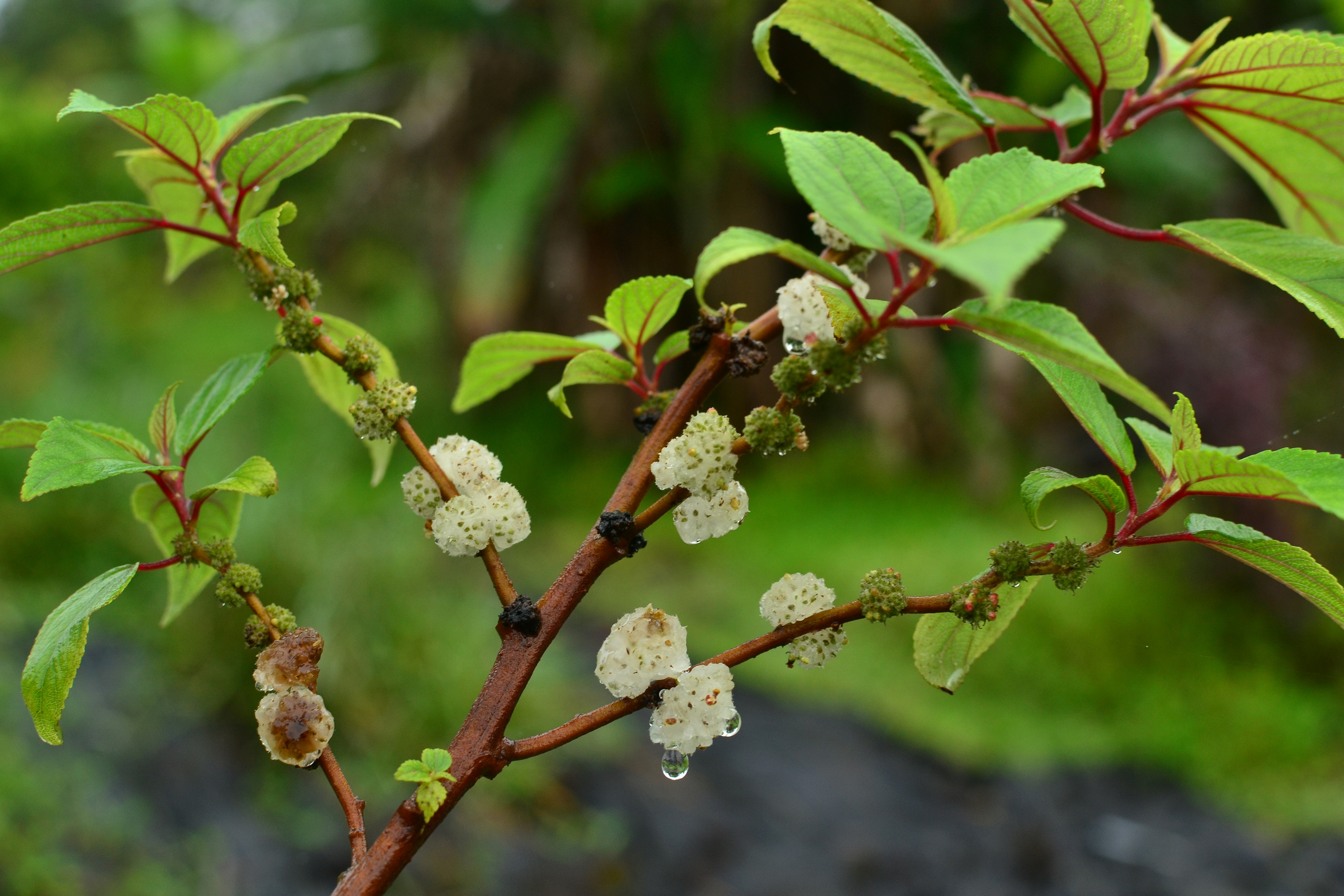
Various stages of fruit and flower development
Care
Mamaki is extremely tender when young. Young trees are easily snapped or broken when working around them. It’s easiest to just leave them alone until they develop a root system that will hold them strongly up. Since Mamaki is a pioneer species they tend to have a high germination rate and a high mortality rate. This is normal. Trees throughout any stage may die back, just take standing dead wood to the ground to feed your other plants and give the live ones a little space. Natural thinning to feed the forest, wow, what a helpful plant!
Eating
Young leaves are edible raw or cooked. Fruits are edible, but too many can lead to diarrhea. The leaves are boiled for a delicious medicinal tea. Take a handful of leaves and add them to boiling water, let steep 30 minutes for the most delicious golden green tea. Mamaki leaves also make an amazing sun tea! Take leaves and throw them into a glass jar full of water. Leave that glass jar in the sun and out of the rain, I usually put a coffee filter over the top to prevent bugs from entering, leave in the sun 4-8 hours. I like to drink it while its still got the warmth from the sun, but also makes a great tea for the next day. Drink within 48 hours.
Medicinal benefits of tea: anti Vog, aiding respiratory, tissue cleansing, lowering blood pressure and cholesterol, fighting insomnia and irritability, promoting relaxation and vitality!
Where to obtain planting materials
Many places sell young plants but I typically see them in small containers where the roots will be totally root bound and will likely never redevelop and grow the way they want to. Find a friend who is growing Mamaki and get some fruits from them. Your success will be much more plentiful. A single mature Mamaki will produce tons of fruits and seeds!
My Garden
Mamaki always volunteers (germinates without cultivation) in areas where the forest has been cleared or the soil is disturbed at my house. I clear an area, plant it out with trees and come back in fill it in with ground cover. During the first few months my ground cover will slowly be establishing, during this initial establishment stage I come through and weed 1-2 times being very careful not to pull up Mamaki sprouts. Once an area has been gone through and the Mamaki left alone they will grasp ahold and start shooting up and growing really quickly. This means that the weeds (typically Arthrostemma) germinate and establish faster than Mamaki, but if you allow the Mamaki to have a little bit more germination time and time in the tiny keiki stages it will establish and overtake most other weeds. The Mamaki will really start filling in and you have a small canopy started. In about a year you have a lot of coverage and height and variation in heights of the new canopy. Mamaki will continue to germinate as long as there is enough light in the area. This can create thickets of Mamaki that will self thin, feed other plants, and over time allow favorable microclimates to develop until emergent species over take them. Not only is this an amazing forest helper but also the medicinal benefits are tasty and incredible. Volunteer Mamaki plants grow right outside of my side door where I can quickly grab them with taking less than 10 steps and get back inside and make up a tea, this is perfect when I’m feeling sick or have some respiratory issues and need a good healthful tea! Thank you nature!
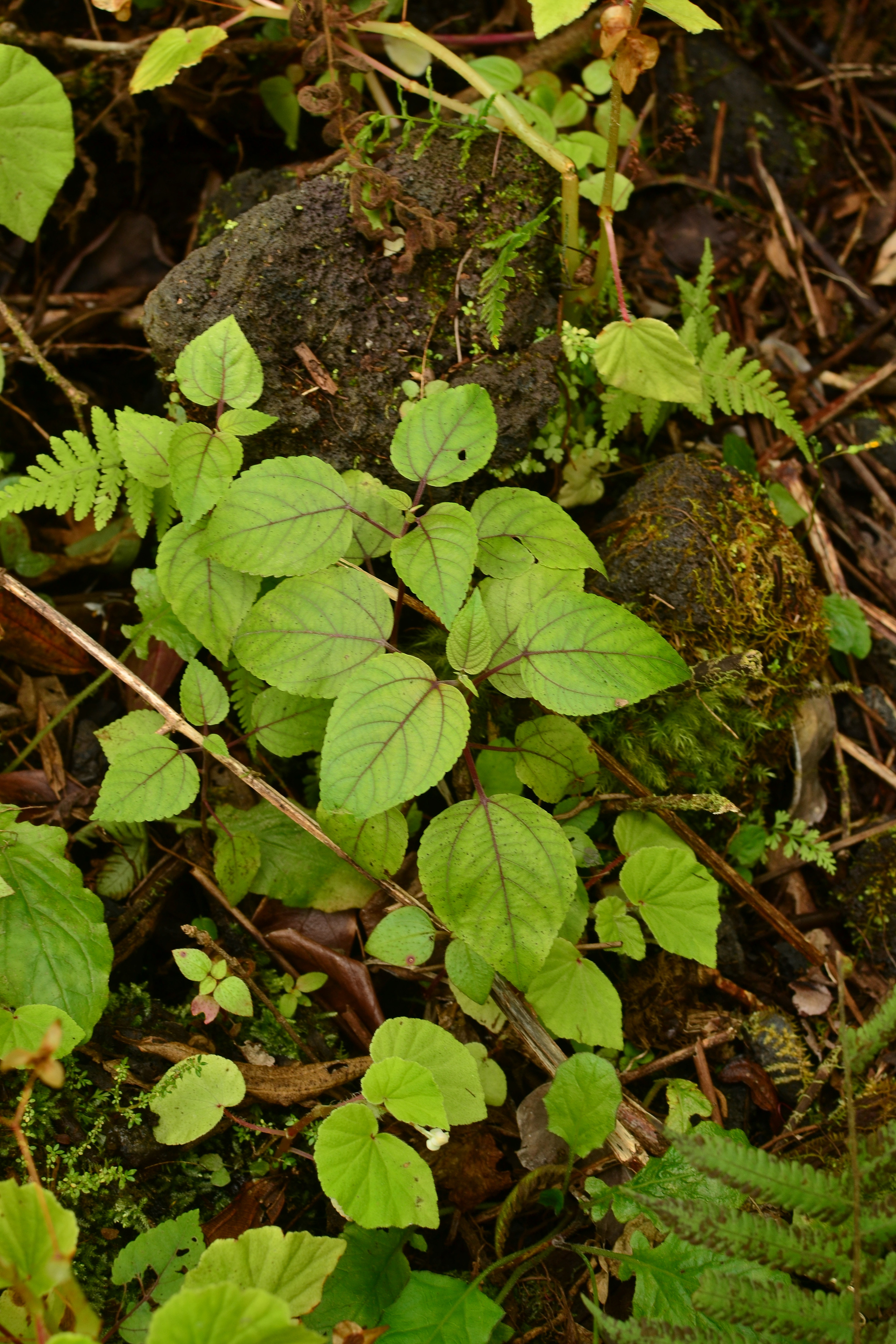
volunteer keiki – make sure to learn how to identify mamaki when small
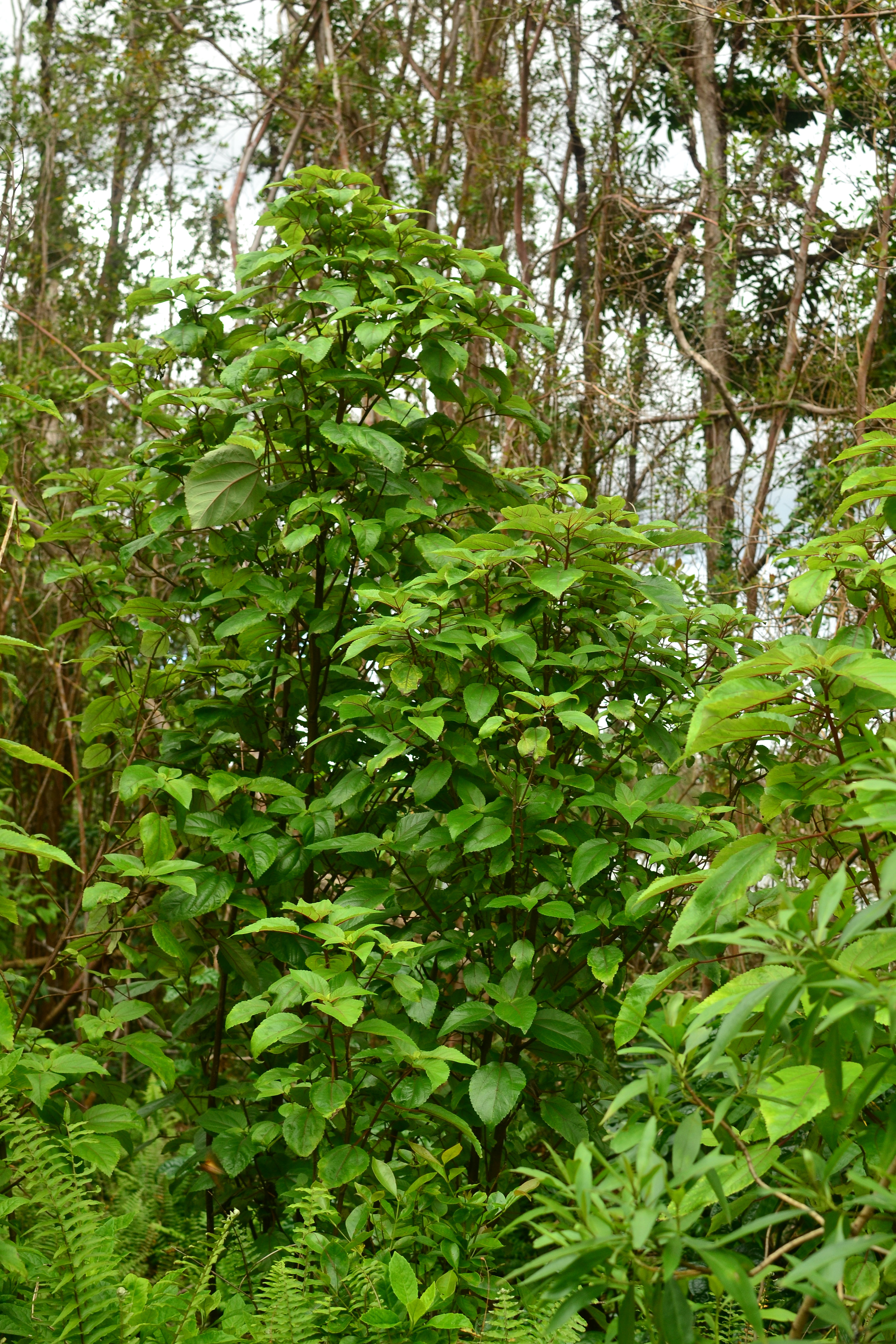
Mamaki growing with naio, okinawa spinach
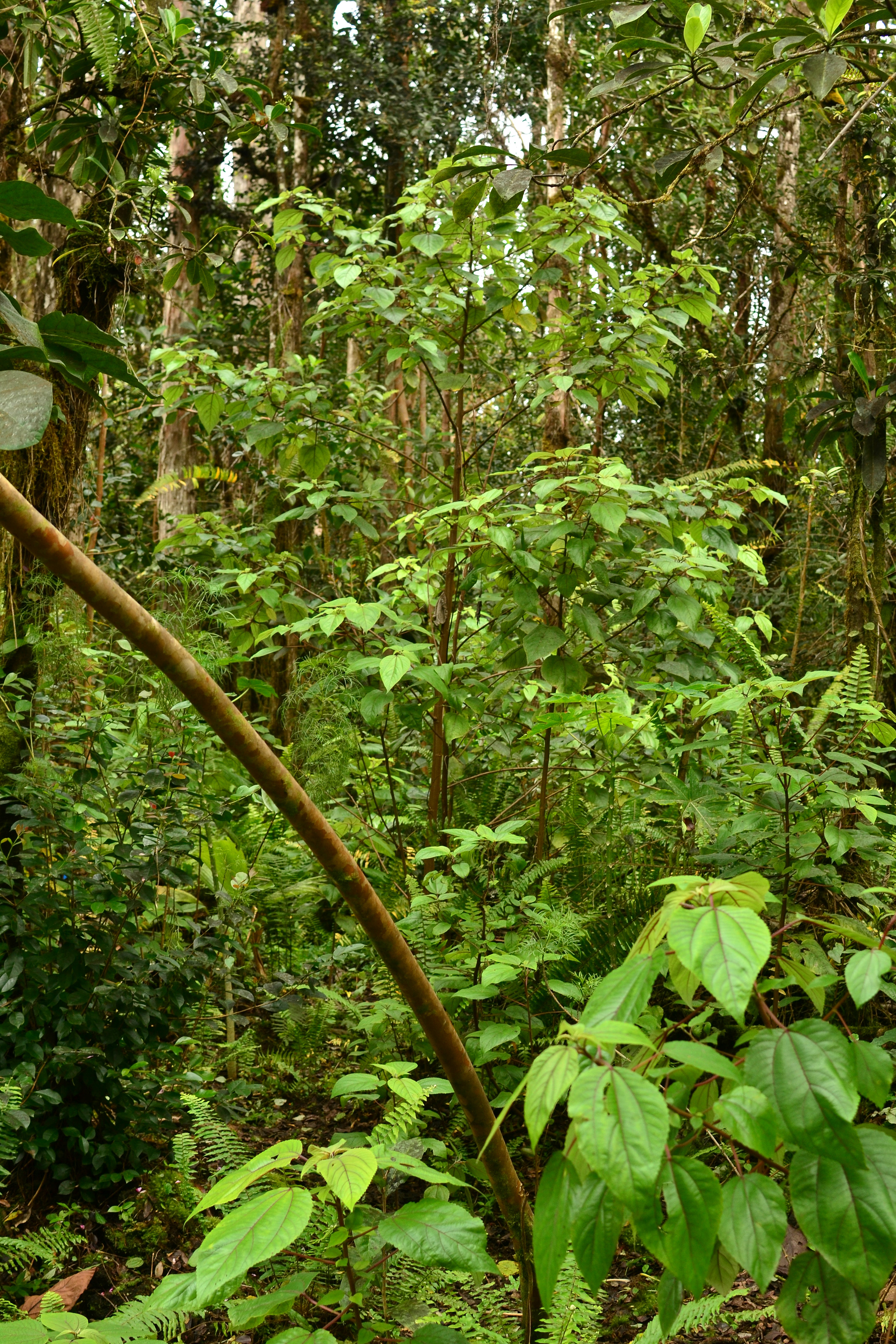
Mamaki growing with ohia, lama, kopiko, hame, loulu, kookoolau, avocado, strawberry guava
Happy Gardening!
Where can I obtain seeds on the mainland? I’m in Florida.
i really have no idea!
I will try dry some fruit to get seeds and send to you.
How did you get your information?
Aloha,
I live at 2400’ on Mauna Loa, Kona side. Could I grow mamaki here?
Mahalo,
Cheryl Wells
I’m not totally sure, but it would be worth trying! They love water, so you may need to water it regularly, but the elevation itself should be fine. Be sure it give it shade when its young, if it grows out of the shade and into the sun it will be fine, but if you start it in direct sun it will probably decline.